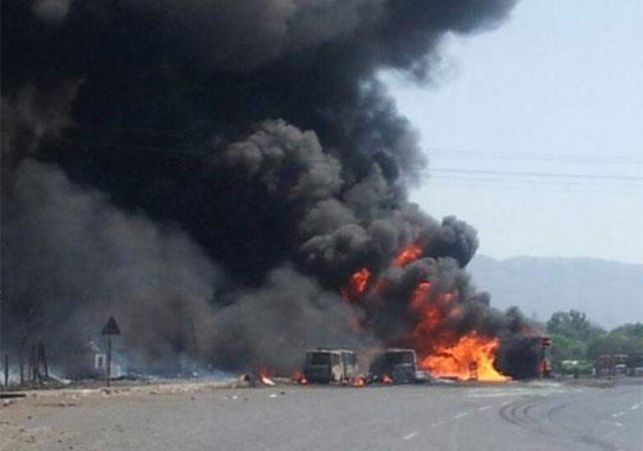

On Tuesday, a special court in Ahmedabad found 49 people guilty of the terror attack on Ahmedabad on July 26, 2008, which left 56 people dead and 240 people injured after 21 improvised explosive devices shook the city for 70 minutes. A total of 23 bombs were defused in Surat's diamond industrial and residential neighborhoods three days later, on July 29, 2008.
The Ahmedabad blasts were important because they were the first time the Indian Mujahideen terrorist group had viciously targeted a civil hospital's trauma center, where the bomb victims were being transported, using an IED-laden automobile. The hospital suffered the greatest number of casualties since innocent people who had come to donate blood to explosion victims were also targeted by ruthless terrorists. The Ahmedabad terror attack was an Indian Mujahideen retaliation for the Gujarat riots of 2002.
Given that the Indian Mujahideen launched an attack on India in 2005, killing hundreds of people, Gujarat police and the Intelligence Bureau's investigations were the first to uncover the group responsible for the attack.
The trial, which began in December 2009, saw 547 charge sheets submitted and 1,163 witnesses cross-examined against 78 alleged Indian Mujahideen members. In an email sent to the media minutes before the blasts on July 26, 2008, IM claimed credit for the blasts. Ayaz Razakmiya Saiyyed, one of the 78 accused, became an approver. Four additional people were detained afterward, and their trials have yet to commence.
The inquiry was carried out by DGP Gujarat P C Pande, Joint Commissioner (Crime), who is now DGP Gujarat Ashish Bhatia, then Baroda Police Commissioner, and now Delhi Police Commissioner Rakesh Asthana, who first found the Indian Mujahideen group. The police enjoyed the support of Gujarat Chief Minister Narendra Modi and State Home Minister Amit Shah at the time.
In numerous ways, the Ahmedabad strike was unique. The Azamgarh module of the Indian Mujahideen assembled the IEDs in Ahmedabad, while Riyaz and Iqbal Bhatkal made the Surat IEDs (which luckily did not work). The jihadists were brainwashed by ex-SIMI leaders including Safdar Nagori and Sarai Meer Mufti Abu Bashir, and the ammonium nitrate explosive was acquired from Karnataka.
On August 16, 2008, Mufti Abu Bashir was apprehended by the Gujarat Police and Intelligence Bureau in Sarai Meer, and the case was solved. A special airplane chartered by the state from Lucknow was used to transport the ideologue to Gujarat for questioning.
One of the cars used in the blast had a GJ-6 or Baroda phony registration, and the newspaper used to wrap the Surat IEDs was published in Baroda, hence the case was solved. Investigations in Baroda resulted in the arrest of individuals, which led to the case's unraveling.
The Ahmedabad blasts investigations led to the arrest of the whole Azamgarh, Delhi, Mumbai, and Bhatkal modules of the gang, which had received help from jihadist organizations outside the border. The Azamgarh module was attacked by a Delhi Police special squad during the Batla House encounter, which was a direct outcome of the Ahmedabad blast investigations.
"The key players are all convicted and only fringe ones have been let off. We are yet to study the verdict and will decide the next course of action after that," Ashish Bhatia, the Gujarat DGP and afterward Joint Commissioner of Police led the investigation into the blasts. He expressed his happiness with the outcome. On August 15, 2008, Bhatia's special team made its first arrests. Following that, the probe spread across India, involving numerous state police units and agencies. Bhatia said, "We coordinated with various state police departments including MP, UP, Delhi, West Bengal; everyone cooperated."